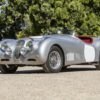The Bertone experiment that started the life of the Citroen BX
Who wants- is looking for opportunities. Who does not want- is looking for a reason. This clichéd principle was guided by the Bertone company when looking for new partners with deep wallets. In the seventies, Italians really wanted to make friends with Jaguar, but the difference in mentality prevented the formation of a strong alliance.
For automotive enthusiasts, Marcello Gandini needs no introduction. The name of the Italian designer thundered all over the world when the first supercar, the Lamborghini Miura, debuted at the Geneva Motor Show in 1966. It was after the success of Miura that Nuccio Bertone, the founder of the studio of the same name, fully realized what a treasure he got in the person of Marcello Gandini. And he trusted all the most important projects.
Alexey Olefirenko: Who wants – is looking for opportunities. Who does not want – is looking for a reason. This clichéd principle was guided by the Bertone company when looking for new partners with deep wallets. In the seventies, Italians really wanted to make friends with Jaguar, but the difference in mentality prevented the formation of a strong alliance.
For automotive enthusiasts, Marcello Gandini needs no introduction. The name of the Italian designer thundered all over the world when the first supercar, the Lamborghini Miura, debuted at the Geneva Motor Show in 1966. It was after the success of Miura that Nuccio Bertone, the founder of the studio of the same name, fully realized what a treasure he got in the person of Marcello Gandini. And he trusted all the most important projects.
Including the project that Bertone got involved in 1967. The British newspaper Daily Telegraph, represented by editor John Anstee, held a competition among car studios. The technical assignment was simple and complex at the same time – to create the “ideal British GT” using Jaguar E-Type as a base. Nuccio Bertone thought that if his studio wins this competition, it will be able to establish cooperation with Jaguar.

For the competition, the house of Bertone has prepared a spectacular Jaguar Pirana. The author of the concept’s appearance was the “joker” of the Bertone deck – Marcello Gandini. Looking at the Pirana, it’s easy to guess where the roots of the Lamborghini Espada go.
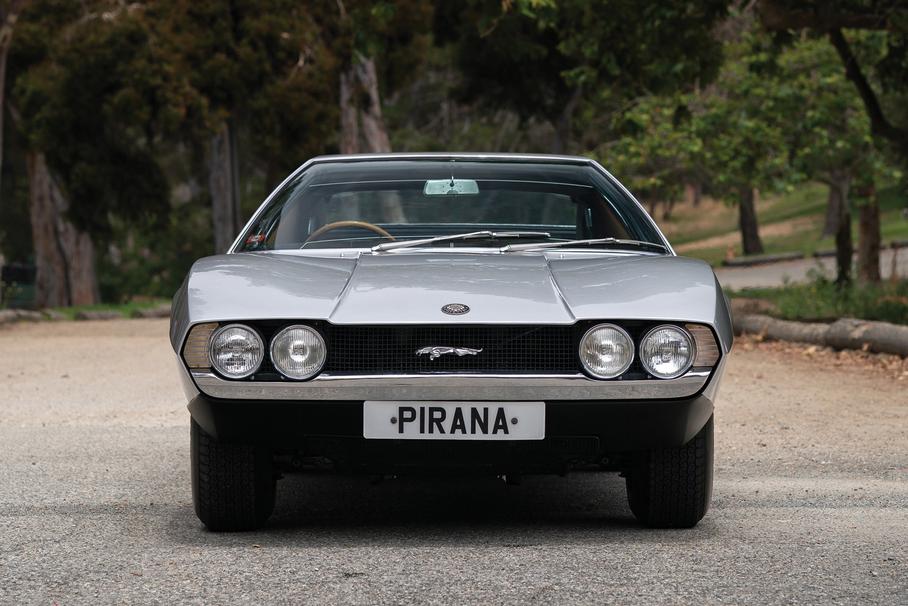
The concept won the Daily Telegraph competition without any problems, however, to the surprise of Nuccio Bertone, Jaguar did not respond to the event. And what, she had the right – in the end, it was not she who held the competition.

While Bertone was thinking about how to make friends with the British company, Gandini improved his style. Roundness and volume in his work began to be replaced by angles, lines, and strict geometric shapes. Hints of the artist’s passion for the cleanliness of forms can be seen already on Pirana, but it was fully revealed on such concepts as Alfa Romeo Carabo, Lancia Stratos Zero, Lamborghini Bravo and Ferrari 308 GT Rainbow.
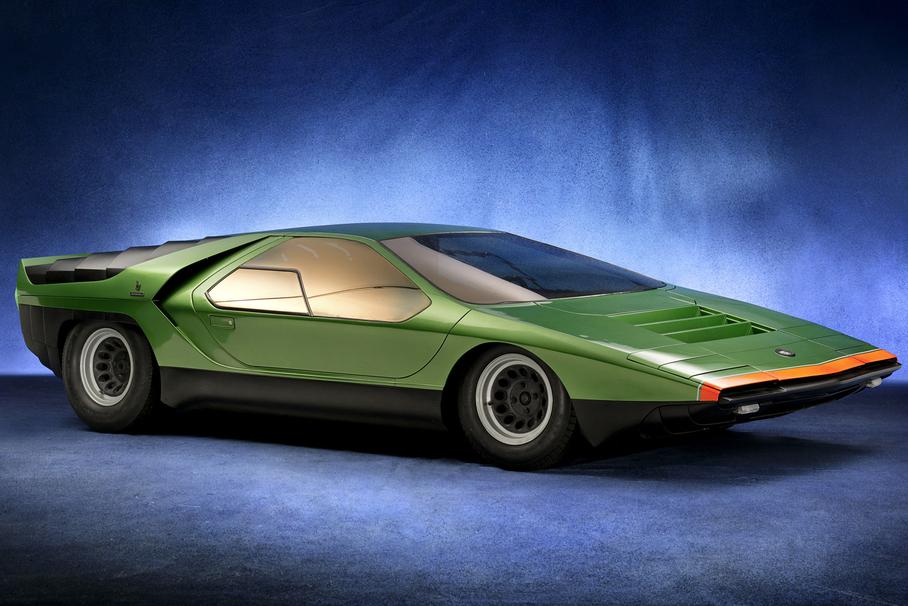
The long-awaited opportunity for Bertone to strengthen its bond with the British came in the early 1970s, when Jaguar announced an open design competition for the XJ. But even here, neither Bertone nor Pininfarina emerged victorious: the firm preferred an internal project that was born within the walls of a Jaguar design studio.

Although the “courtship period” for Jaguar was rather bored with Bertone, his entrepreneurial spirit did not allow him to give up on promising cooperation. Especially after 1975, when the stunning Jaguar E-Type was replaced by the much more prosaic XJ-S. Nuccio Bertone realized that the new car was unlikely to become as iconic as the E-Type. Therefore, he believed that very soon Jaguar could throw a cry for help.

With this in mind, Bertone turned to Gandini: Bertone must be proactive. Should create such a car based on the XJ-S so that Jaguar cannot imagine life without it. To make the regular XJ-S look like a pale shadow of itself against the background of this prototype.
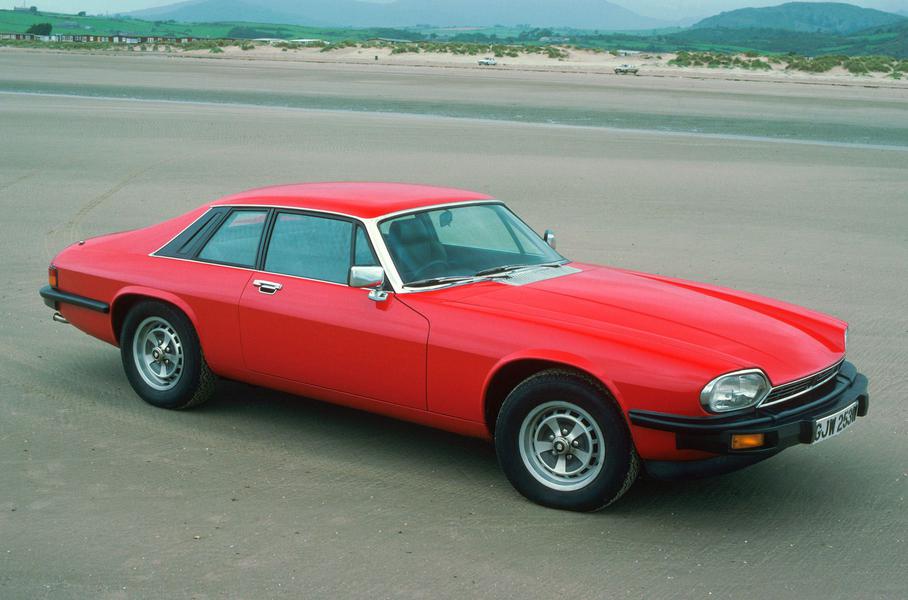
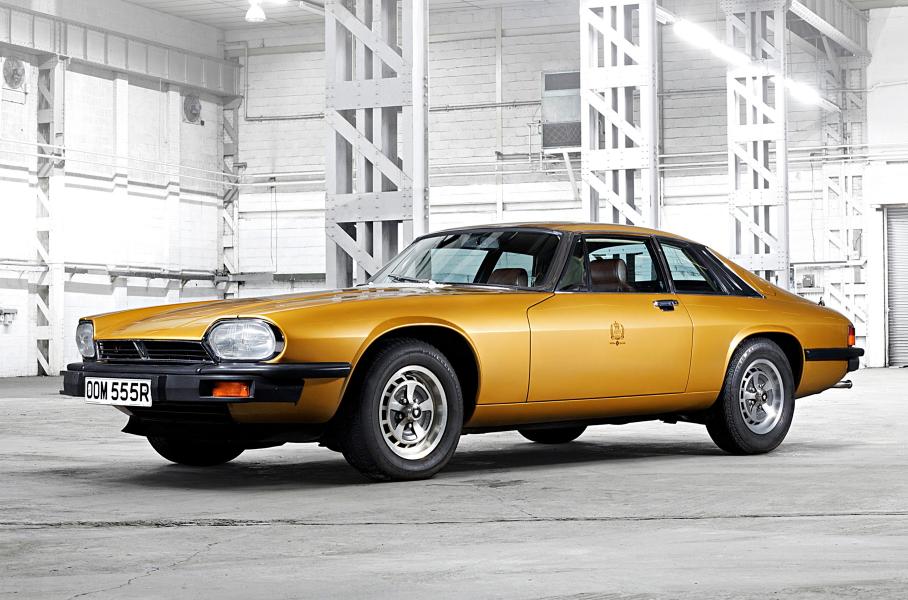
Now, four decades later, we can estimate the size of this ambition. The Jaguar XJ-S is one of the most distinctive and elegant coupes in history. Its various modifications lasted 21 years in production – from 1975 to 1996. If that’s not a sign of outstanding design, then what is outstanding design at all? Bertone was determined to show its vision of this issue.

No sooner said than done. And in March 1977 at the Geneva Motor Show, Bertone studio unveils the Jaguar XJ-S Ascot concept car. Which in terms of style has nothing to do with other Jaguar models. Which defies the restraint of British cars with all its appearance.

If you compare the XJ-S to the XJ-S Ascot, it’s hard to believe that they are technically the same car. With its angular profile, Ascot could pass for Tesla’s new coupe, which is inspired by the Cybertruck. An abundance of straight lines, an elongated, swift silhouette, lifting headlights that were gaining popularity in those years, a huge glass area – needless to say that the car received a lot of praise? Aluminum and plastic were actively used as materials for the body. Such was the fashion: this plastic now costs nothing, but in the 1970s it was an expensive symbol of innovation.
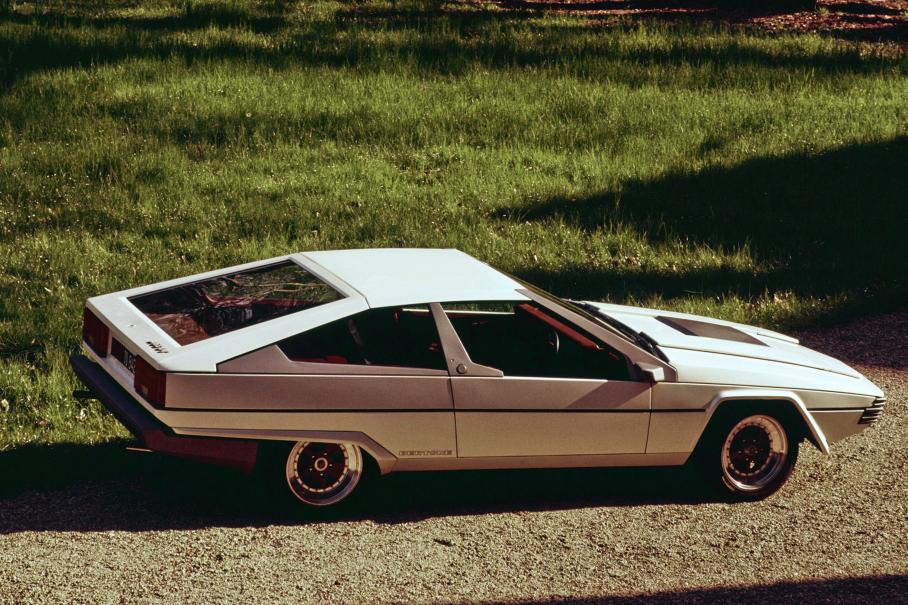
In the key of the exterior, the interior was also modified. The design of the dashboard became much more monumental, the lines were simple and clean. Leather and suede were used as upholstery, and of the interesting options introduced by Bertone, it is worth noting a telephone integrated directly into the dashboard.
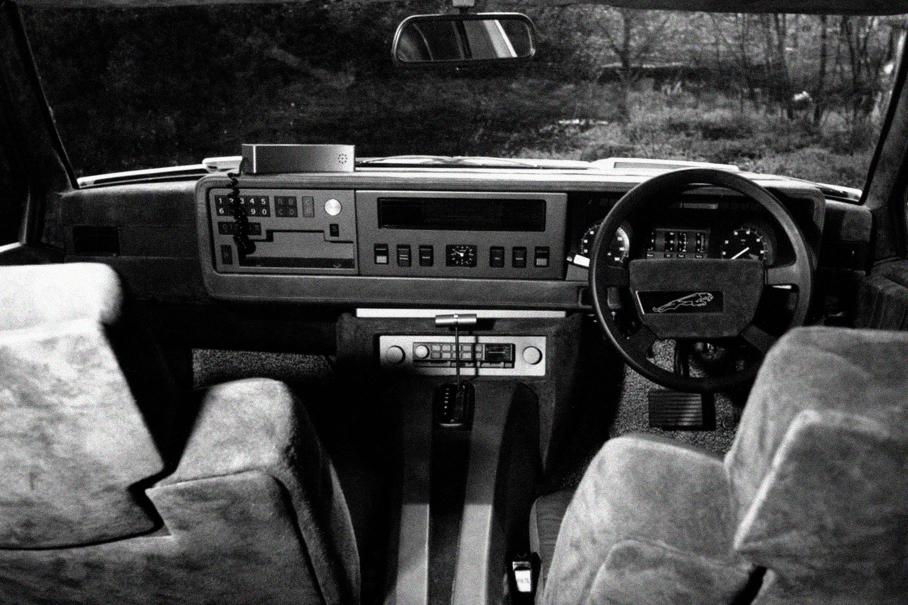
The technical part of the XJ-S remained unchanged: under the hood was a 5.3-liter V12 engine with a capacity of 287 horsepower, with which an automatic transmission was aggregated. The dynamic characteristics of the Ascot are unknown, but given the abundant use of aluminum, it should have accelerated at least as good as the original.

Despite this desperate attempt by Bertone to show character, Jaguar was not interested in the project. In those years (and until the early 2000s), the British adhered to proven forms and proportions. In other words, they behaved conservatively. And so much so that the XJ-S was produced without significant changes right up to 1996. But Jaguar expressed gratitude for the interest in their brand. Subsequently, the roads of Bertone and Jaguar crossed more than once. And the starting point of this relationship was precisely the XJ-S Ascot.

But at the 1979 Geneva Motor Show, the prototype’s story did not end. Two years later, Bertone studio released the Volvo Tundra concept, which was absolutely not coincidentally similar to Ascot – this time the brand “forged contacts” with the Swedes. But, in the end, the project was sold to the French. Combining developments in Ascot, Tundra and Reliant FW11, Marcello Gandini got the image of the notorious Citroen BX.

Moreover, the design decisions embodied in the conceptual XJ-S were reflected in other models that appeared much later. For example, trapezoidal wheel arches can be found on the fifth generation Maserati Quattroporte, which appeared in the 90s and is also authored by Marcello Gandini. For a concept thrown into the void, Ascot has had a significant impact on the automotive industry.




